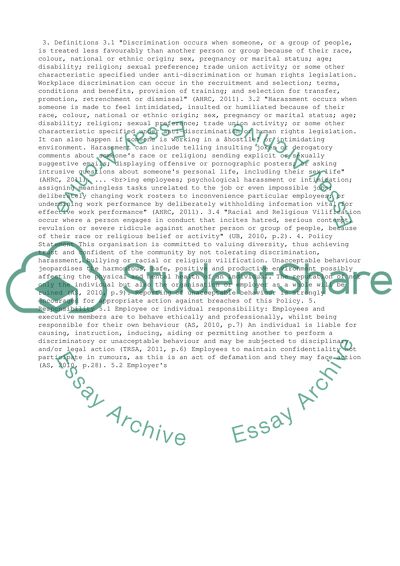Cite this document
(“Policy Writing Assignment 1 Example | Topics and Well Written Essays - 1500 words”, n.d.)
Retrieved from https://studentshare.org/management/1430936-policy-writing-assignment
Retrieved from https://studentshare.org/management/1430936-policy-writing-assignment
(Policy Writing Assignment 1 Example | Topics and Well Written Essays - 1500 Words)
https://studentshare.org/management/1430936-policy-writing-assignment.
https://studentshare.org/management/1430936-policy-writing-assignment.
“Policy Writing Assignment 1 Example | Topics and Well Written Essays - 1500 Words”, n.d. https://studentshare.org/management/1430936-policy-writing-assignment.


